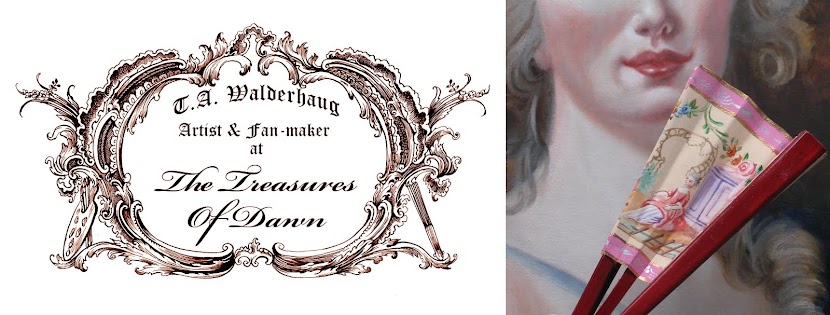It's been ages since I last put on a costume, and in lack of time, resources and opportunity to spend this past year teaching myself to sew properly I took to studying and recreating historical recipes and food instead. In hopes of hosting a great ball or at least a little salon when this ordeal is finally over, I suppose.
I really can't say that the culinary aspect seemed most appealing to me when I got into 18th century reenacting – honestly, I have never been particularly fond of traditional Swedish or Scandinavian food (with some exceptions), and I can't live without exotic, spicy food in the 21st century. Anyway, 18th-century cuisine still has a lot of lovely dishes to offer, even though the desserts have caught most of my attention and appreciation so far.
Syllabub is one of my latest obsessions. I had only tried it with white wine to date, even though some recipes say sherry (or sack), port or red wine... and can't say I've ever seen it in an 18th-century syllabub recipe, but everyone who loves liquorice knows that it goes well with red wine. So I just had to try it out, whether it was historically correct or not.
It turned out to be a solid syllabub, as is apparently the case when one uses less alcohol and more cream... it also proved to be delicious!
(4 servings)
10 tbsp red wine
1,5 tbsp sugar
2 teaspoons liquorice powder
250 ml thick cream
50 ml milk
Mix all the ingredients in a bowl and whip it well – about 5 minutes with an electric mixer, or until the cream forms stiff «peaks». Pour into wine glasses or dessert bowls and allow to chill for some hours before serving.
Top with raspberries, passion fruit or sliced strawberries and possibly some liquorice or salty liquorice powder.


